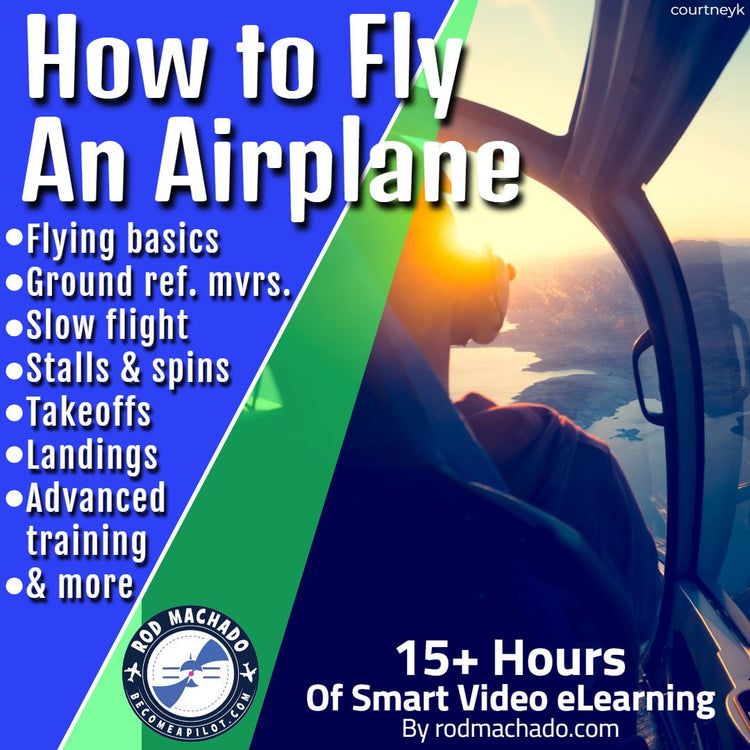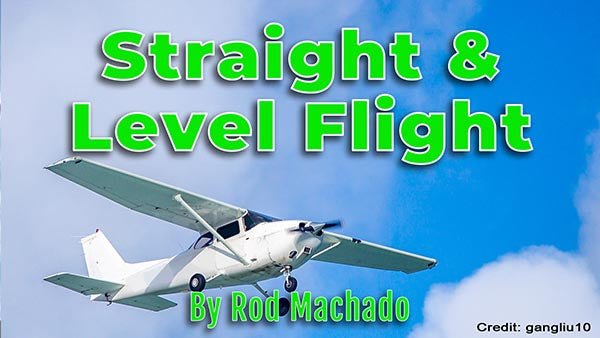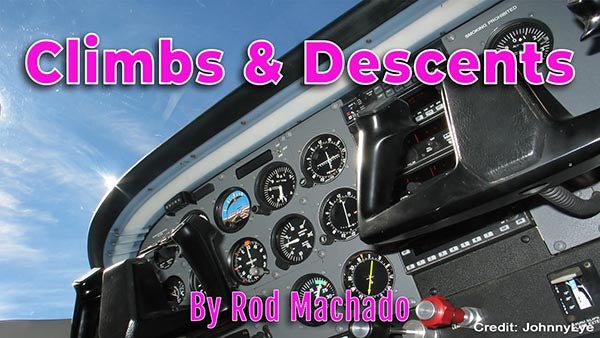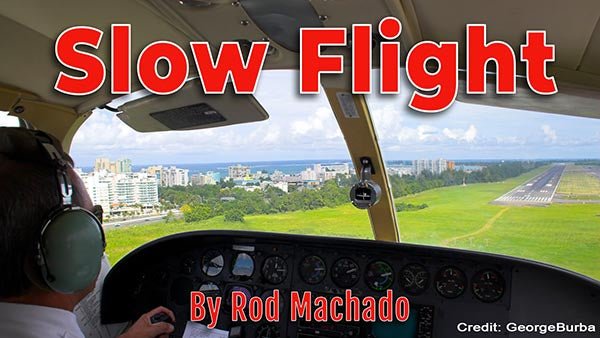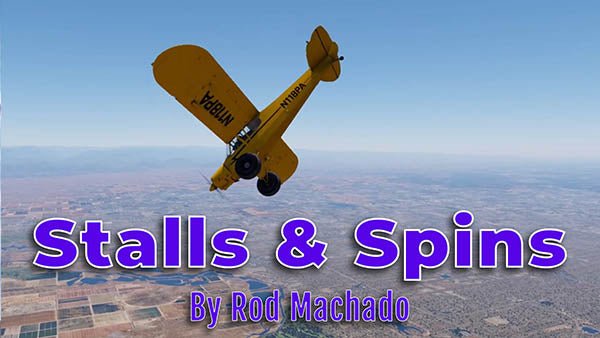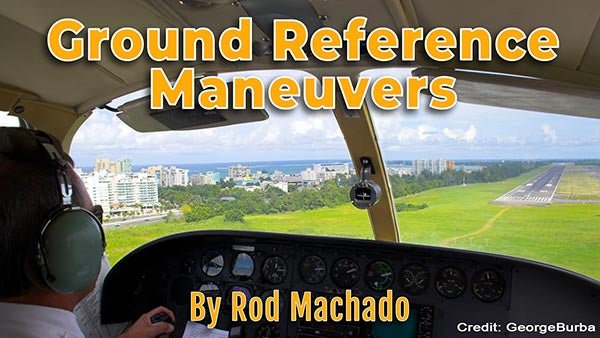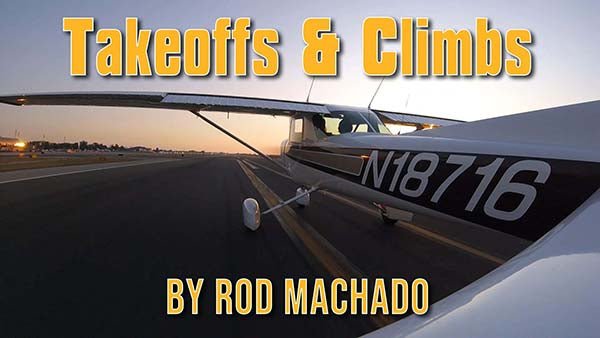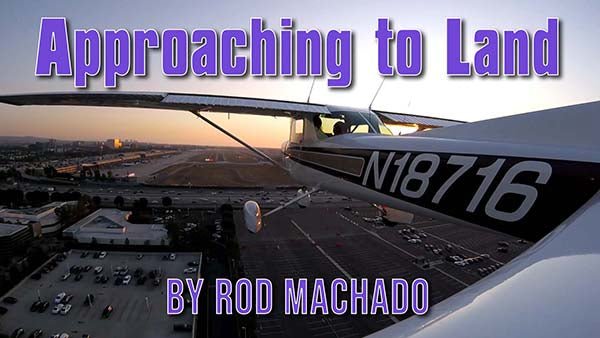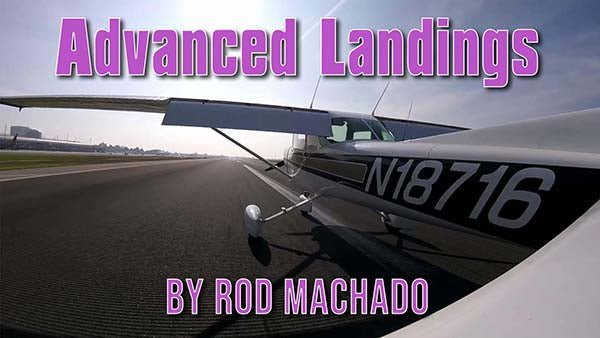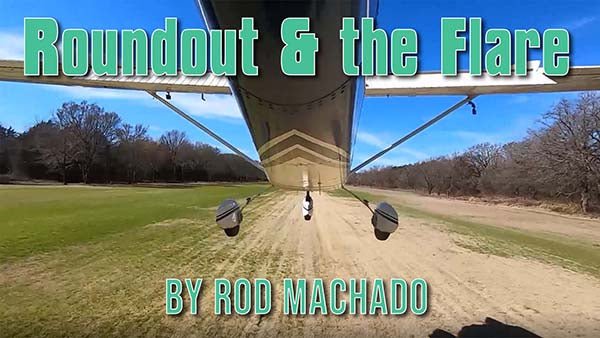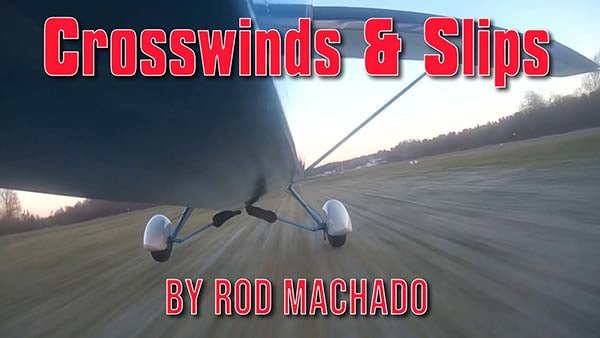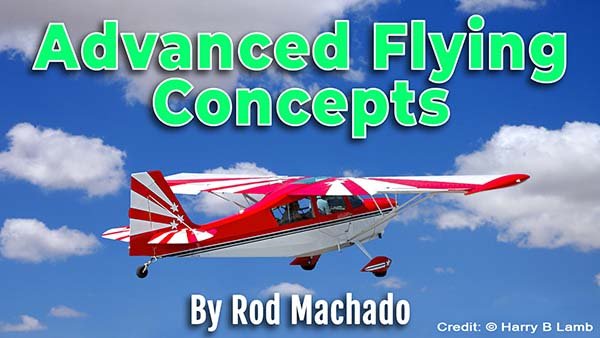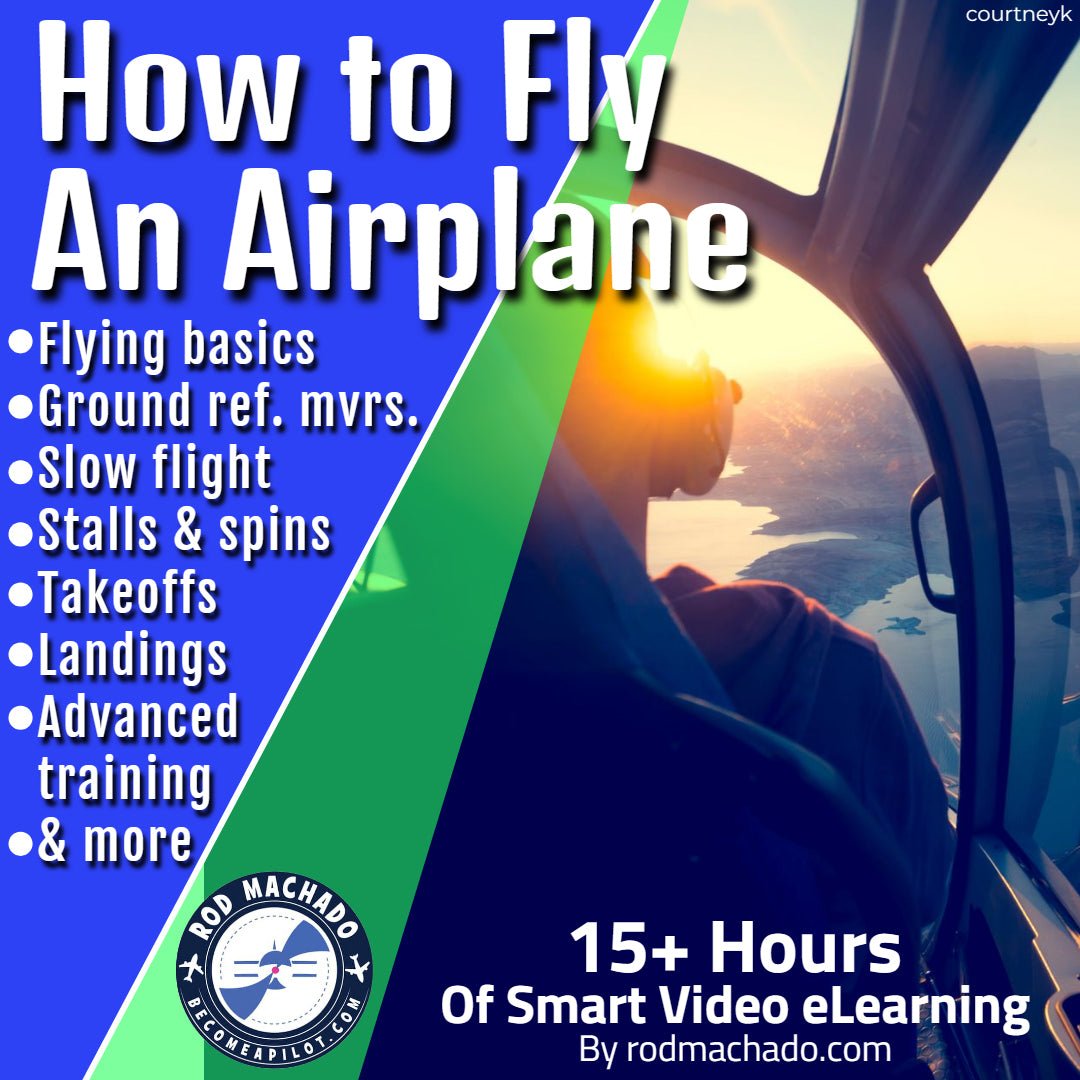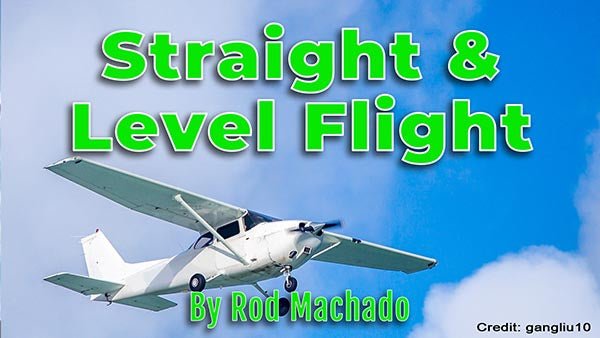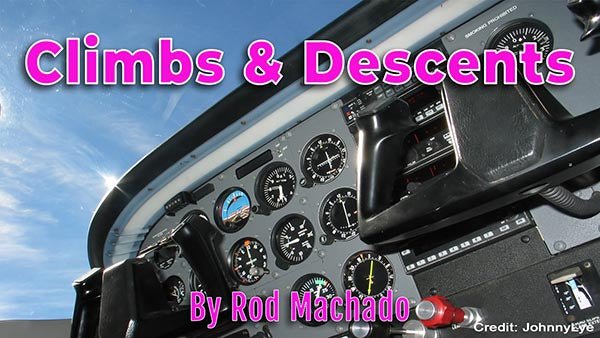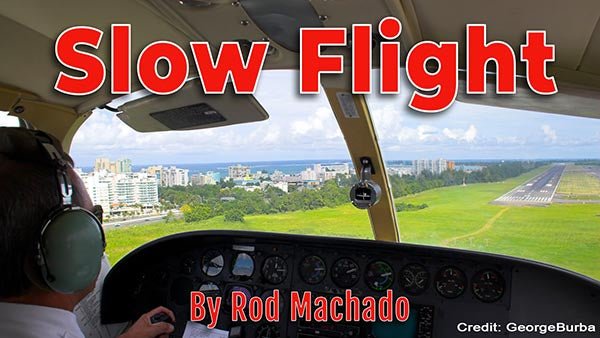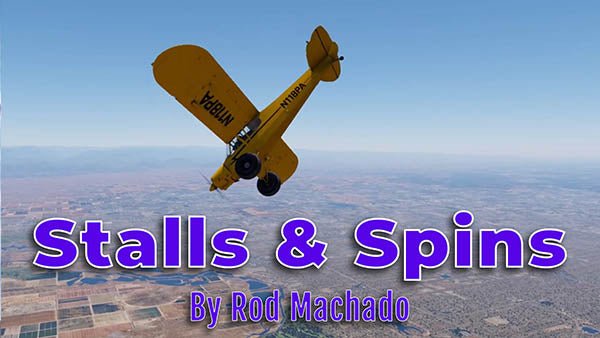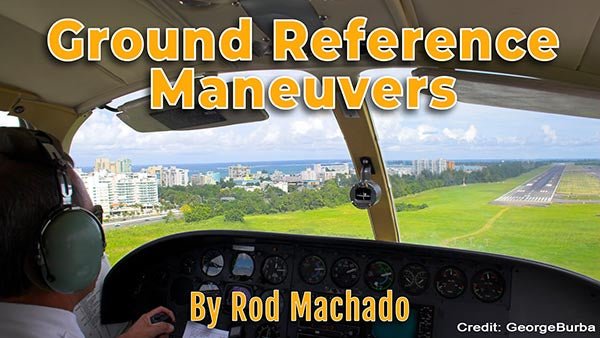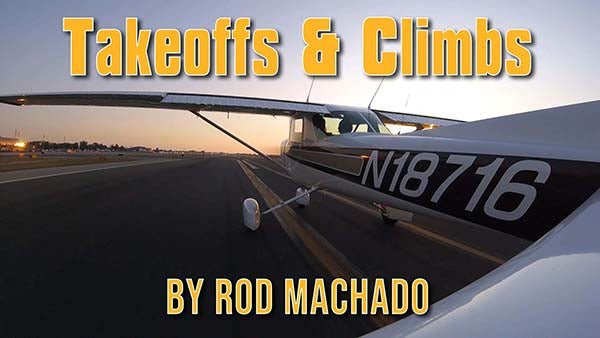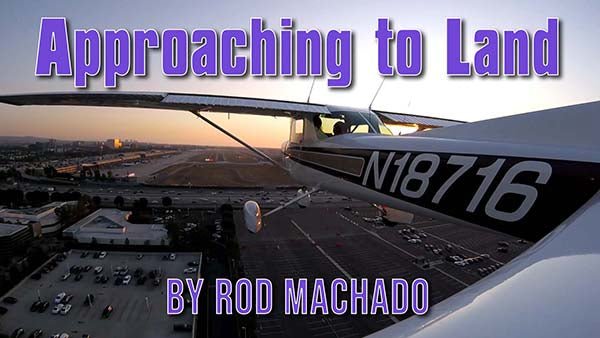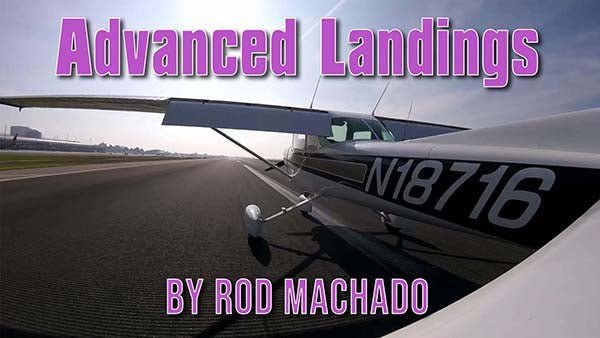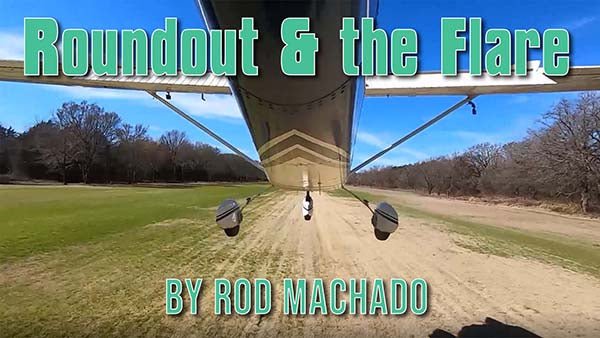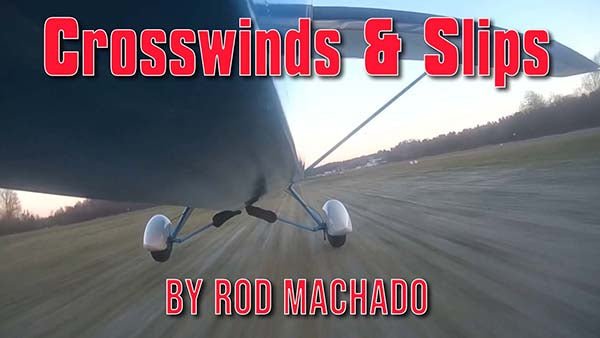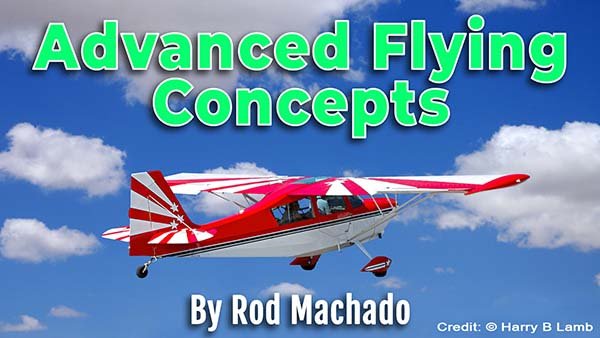How to Fly an Airplane eCourse
- Regular price
- $ 79.00 USD
- Regular price
-
$ 99.00 USD - Sale price
- $ 79.00 USD
- Unit price
- per
Share
Description
NEW! How to Fly an Airplane eCourse - $79.00 (15+ Hrs.)
THIS COURSE INCLUDES THE ENTIRE "The Art of Takeoffs and Landings eCourse"
This eCourse meets all new 2026 ACS standards.
Complimentary downloads are available for this eCourse.
Lifetime access. All eCourses are always current.
Here's a short demo of this eCourse
You can view this eCourse on a PC, laptop, Mac, iPad, Android Tablet, or Smartphone. You can download eCourse videos to an iPad or Android tablet only for offline viewing.
This 15-hour video-based, and highly-animated eCourse was entirely created by a flight instructor with 50+ years of training experience (no AI used here). It's designed to do the one thing that other flying eCourses don’t do, and that is to provide you with a deep understanding of how we control an airplane in the air, during takeoffs, and while landing. This course is intended for those in primary flight training. It's also intended to provide flight instructors with training in the art of teaching basic flying skills to their students.
There are several similar courses that do a wonderful job showing you an airplane in flight performing the maneuvers required to become a licensed private pilot. What’s often missing from these courses is a presentation of the aileron, rudder, elevator, and throttle skill set required to perform these maneuvers. Thus the reason for this eCourse. In this course I’ll show you the precise control movements needed to perform the basic and advanced flight maneuvers required for private pilot certification. And I’ll explain why the controls are manipulated in a certain way to achieve the desired outcome. In short, the skills and understanding you’ll acquire from this course will allow you to accelerate your learning progress during flight training.
Please Watch This Video to Learn How to Access Your eLearning Course:
This eCourse contains training in the following areas:
1-Straight, Level, and Turning Flight:
- No Mystery History
- Yoke & Pedal
- Why Two Sets of Controls?
- How to Hold the Controls
- Webers Law
- Body Parts
- Sitting Height
- Attitude Flying Principles
- Straight and Level Flight
- Flying on the Level
- Trimming for Level Flight
- Level Turns
- How Much Rudder When Turning?
- Where to Place the Controls
- Technique-1: The Inclinometer
- Technique-2: The Eyeballs
- Technique-3: Seat of the Pants Flying
- Three Types of Turns
- Identifying Bank Angle
- Determining Turn Pitch Attitude
- Sidebar: Dihedral
- Sidebar: How to Increase Lift in a Turn
- Sidebar: Rotation About the Longitudinal Axis
- Sidebar: Wing Speed Differential
2-Climbs and Descents
- Climbs
- Leveling Off From a Climb
- Climbing Turns
- Power-off Descents
- Leveling Off From a Descent
- Descending Turns
- Descending and No Slipstream
- Power-on Descents
- More Than One Way to Descend
- Descending at the Best Glide Speed
- Gliding Into the Wind
- Climbing in a Complex Airplane
- Leveling Off in a Complex Airplane
- Why Climb Rates Decrease with Bank Angle
- Airplanes and Their Trimmed Airspeed
3-Slow Flight
- Slow Flight Delight
- Slow (Flying) Pilots at Work
- Entering Slow Flight
- Exiting Slow Flight
- Control Response in Slow Flight
- Slow Flight Turns
- Maintaining Altitude in Slow Flight
- Slow Flight at Minimum Airspeed
- Climbing or Descending in Slow Flight
- Slow Flight With Flaps Extended
- Returning to Level Flight
- Slow Flight With Flaps/Gear Extended
- Power Applied vs Climb/Descent Rates
4-Stalls and Spins
- What Is a Stall?
- The Lift Equation
- How, When and Where a Wing Stalls
- A Few Ground Rules
- The Stall, It's a Ball
- Recognizing the Stall
- Imminent Stalls
- Use of Aileron/Rudder in Stall Recovery
- Stalling While Turning
- Stalling With the Nose Below the Horizon
- Why One Wing Stalls First
- Stall Characteristics Affecting an Airplane
- Stalls With Flaps Extended
- Stalling with Gear/Flaps Down
- Departure (Power-on) Stalls
- Departure Stalls in Complex Airplanes
- Accelerated Stalls
- Stalls and Cross-Controlled Flight
- No Spin Talk on Spins
- Preventing Entry Into a Spin
- Spinning
- Spirals vs Spins
- Stalls, Spins and the Conditioned Reflex
- Elevator Trim Stall
- Applying Power During Stall Recovery
- Stalls and Altitude Loss
- The Complete Stall Recovery Procedure
- Engine Power and Stall Speed
5-Ground Reference Maneuvers
- A Wind-Wind Situation
- Air Bullies
- The Rectangular Course
- Correcting for Wind Drift
- Turns Around a Point
- S-Turns Across a Road
- Introduction to Steep Turns
- Elementary Components
- Enough Talk Let's Do
- Steep Turn Panel Illusion
- Steep Turn Rudder Use
- Steep Turn Course Reversal
- Sidebar: Rate and Radius of Turn
6-Takeoffs and Climbs
- The Big Takeoff Picture
- The Trip to the Runway
- Get Set
- Take It Off—Take It All Off
- Climb Attitude and Density Altitude
- When To Raise the Landing Gear
- Three "Engine Power" Combinations
- Not Crossed Up by Crosswinds
- The Effects of Ground Effect
- Wingspan vs. Induced Drag
- A Soft Spot For Soft/Rough Fields
- Short Field Takeoff Demonstration
- Soft Field Takeoff Demonstration
- Rejected Takeoffs
- Why Vx and Vy Change with Altitude
- Preventing Serpentining
7-Approaching To Land
- Approaching To Land
- Getting Low, Getting Down
- When Lift is a Drag
- When To Turn Onto Base Leg
- When To Begin Landing Descent
- How Normal Patterns Aid in Landing
- What To Do When Turning Base Leg
- Finally Turning Final
- Power-off Landings
- The Stationary Spot
- Normal Glidepath/Returning To Glidepath
- Too Low/Too High On Final
- Trapezoidal Runway Shape Change
- The Simple Glidepath Evaluation Clue
- What The Runway Shape Means
- Glidepath Angles and Power Usage
- The Elevator Instinct
- Using Approach Speed Charts
8-The Roundout and the Flare
- Why Ground Shy?
- Sensory Rich Runways
- When To Begin the Roundout
- Sitting Height
- The Sweet Spot
- Where To Look When Flaring
- How Fast To Flare
- The Runway Expansion Effect
- The Ultimate Flare Exercise
- The Aft Elevator Pull
- Proper Trimming
- Sampling The Response
- The Two-Handed Flare
- Touchdown Spot View
- Balked Landings
- Porpoising, Floating…
- Ballooning, Bouncing, Fanning
- Landing A Taildragger
9-Crosswinds and Slips
- The Crab Method
- The Wing Low Method
- A 25 Knot Direct Crosswind
- Full Flaps Left Crosswind
- A 10 Knot Direct Crosswind
- Getting Nosey On Touchdown
- Transitioning—Crab To Sideslip
- The Really Big Guns
- Flaps and Crosswind Landings
- Weathervaning
- Gusts in the Gusts
- Getting Down By Slipping Down
- Right or Left Slips?
- The Slipping Turn
10-Advanced Landing Concepts
- Short Field Approach
- Short Field Landing—With Obstacle
- Short Field Landing—No Obstacle
- The Region of Reverse Command
- Roundout and Flare On Short Fields
- Short Field Demonstration
- Soft Field Approach
- Soft Field Landing
- Soft Field Demonstration
- Estimating Stall Speed With Flaps Extended
- Approach and Landing In Bumpy Air
11-Pitch and Power Flying Concepts
- Pitch and Power Introduction
- The Flying Equation: A+P=P
- Common “Formula” Mistakes
- Flying The Wing
- Fine Tuning Attitude With Instruments
- The Five Attitudes
- Constant Airspeed vs. Glidepath
- Fixed Power Condition
- Variable Power Condition
- Pitch-Power Flying Techniques
- Elevator-Airspeed Pilots
- Which Technique to Use?
Frequently Asked Questions
Is there overlaps with other Machado eCourse products?
Yes. This eCourse contains the "Art of Takeoffs and Landings" eCourse.
How do I access this eCourse?
The eCourse is available online via your secure, password-protected account window. You can watch the videos on a Windows PC, Mac, iPad/Android tablet and iPhone/Android Phone.
Will my online access ever expire?
No. Once you register your login credentials, they will never expire. You will always have access to the program.
Can I view the lessons on my iPad or mobile device?
Yes, you can view this eCourse on a PC, Laptop, Mac, iPad, Android Tablet, or smartphone. You can only download eCourse videos to an iPad or Android Tablet for offline viewing.
Can I access this eCourse from more than one computer or device?
Yes—with your login info, you can access the site as often as you want.
Can I share this course with anyone else?
No. This eCourse is for you, not for others. It's not to be shared with anyone else. If you have friends who want to use your eCourse, have them contact me for a bulk course discount. PLEASE DON'T SHARE THIS eCOURSE WITH ANYONE ELSE!
How do I know my computing device will play this eCourse?
Try the Demo link above. This course works on all devices. Nevertheless, I recommend that you use Chrome as your browser, not Safari, Firefox or anything else.
Does the course player remember where I left off?
Yes, it does. However, you need to clear the browser's cache on occasion when your browser acts up. This also clears cookies, which are used to remember where you stopped. So treat this course as you would a book and make a note of where you left off before you clear the cache.
Can I obtain a refund if I am not happy?
If you've had this course for less than 10 days then contact me to discuss a refund. I cannot--CANNOT!--offer a refund beyond this stipulation.
